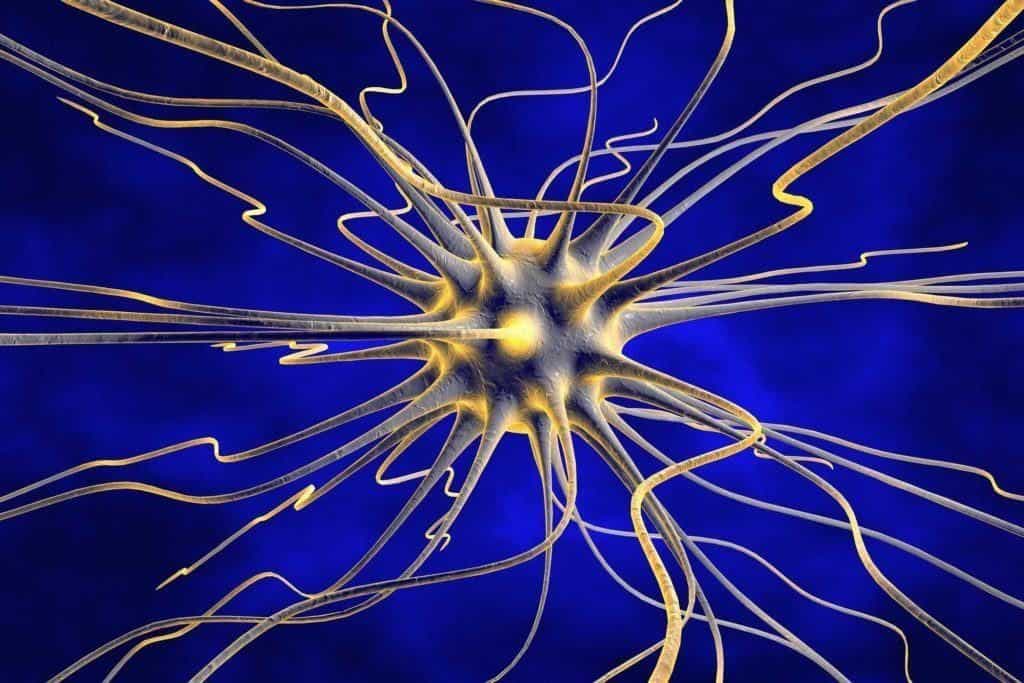Contents:
- Medical Video: Ophthalmic Emergency: Central Retinal Artery Occlusion - Quick Review
- What is retinal artery infarction?
- Can my vision recover?
- What facts do I need to know about retinal artery infarction?
- Could I then experience a bigger stroke in my brain?
Medical Video: Ophthalmic Emergency: Central Retinal Artery Occlusion - Quick Review
The 'eye stroke' condition, also known as a retinal artery stroke, can occur suddenly and can cause blindness in one eye if not treated immediately. If you or one of your loved ones has been diagnosed with a retinal artery stroke or retinal artery infarction, you may have several questions about this condition.
What is retinal artery infarction?
Retinal arteries are blood vessels that supply oxygen and nutrients to the eye.
The condition of retinal artery infarction is caused by occlusion of the retinal arteries, which is a disorder of blood flow in the retinal arteries. This causes retinal artery ischemia, which is blockage of blood flow to the eye through the retinal artery. This disruption of blood flow results in an eye damage process called retinal artery infarction, which is an injury that occurs to the eye in the presence of chemical changes that occur during and after ischemia. Furthermore, the eye loses some of its function.
Many cases of retinal artery strokes cause loss of vision. The level of damage depends on whether the blockage affects a large part of the retinal artery or only a small branch of the retinal artery. You may lose a small portion of vision, lose most of your vision, or even lose your total vision.
Sudden vision loss is an emergency. This condition can be a sign of a stroke, serious brain injury, heart disease, or other emergency medical conditions such as a retinal artery stroke. The condition of retinal artery infarction usually only affects one eye at a time and usually does not cause eye pain.
Can my vision recover?
Some people who experience a retinal artery stroke can recover some or all of their vision. However, retinal artery strokes can cause permanent vision loss in one or more areas of vision. The field of vision is an area at the top or bottom or right or left of vision.
There are better opportunities for recovery if you get medical attention as soon as possible.
What facts do I need to know about retinal artery infarction?
Retinal artery stroke is associated with common stroke risk factors, such as heart disease and hypertension. In this case, blood clots that flow from other places in the body (usually from the heart) can block the right or left retinal artery.
However, there are several other causes of retinal artery stroke. Disease or narrowing of one of the carotid arteries in the neck is a risk factor for stroke, but must be more carefully evaluated every time there is a retinal artery occlusion because the carotid artery is the main source of the condition of retinal artery occlusion.
A relatively rare condition called giant cell arthritis is caused by inflammation of the blood vessels. This inflammation has a tendency to affect blood vessels near the forehead. This condition is associated with a retinal artery stroke, but is usually not associated with stroke in the brain.
A detailed examination of the eye is needed to evaluate vision loss and to identify retinal artery strokes. After a diagnosis of retinal artery stroke is generated, how severe the stroke rate is and the cause is investigated by visual examination, determination of which part of the retinal artery is blocked, imaging, blood studies, and sometimes a biopsy is also performed.
Could I then experience a bigger stroke in my brain?
Some of the risks of brain stroke and the risk for retinal artery strokes are not yet clear. Your doctor will evaluate you for the risk of stroke and start the steps needed to control risk factors to be relieved. You also need evaluation to determine if you have ever had silent stroke.
However, many people with retinal artery occlusion do not experience a stroke in the brain. Your health care team can explain to you whether you are also at risk of having a stroke, and then determine the best course of action for you.












